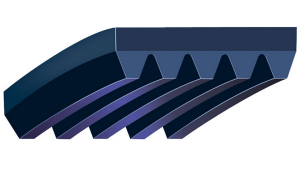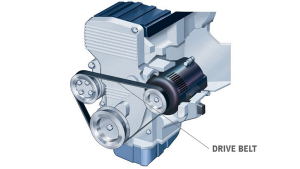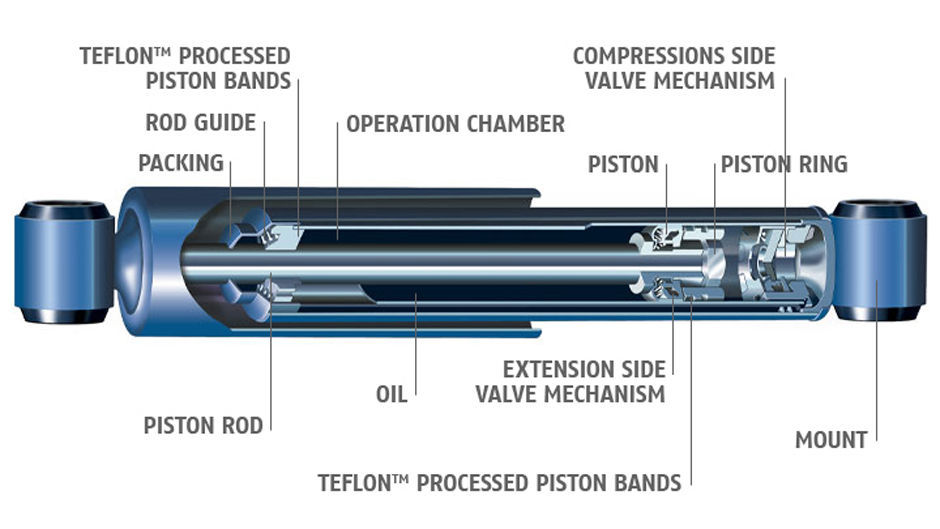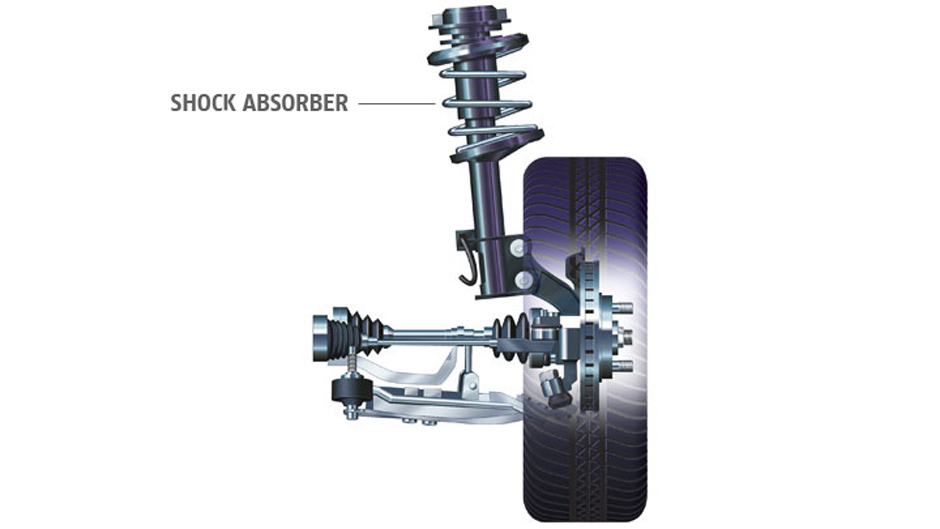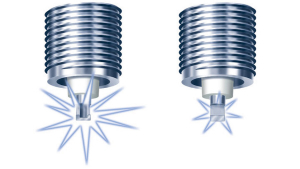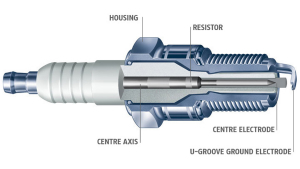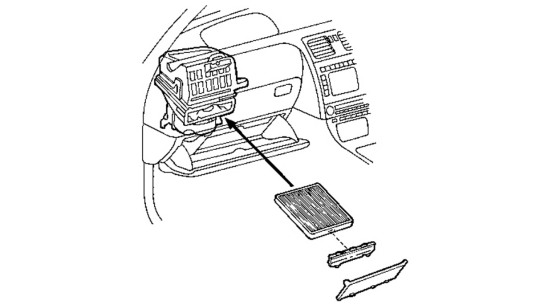As you drive, millions of microscopic particles enter your car's interior via the ventilation/air conditioning system. To prevent this, the vast majority of current models [B18] feature Cabin Air Filters which sit over the ventilation system and capture airborne particles before they enter the car's cabin. Diesel smoke, pollens, fungi, cement dust, ashes, dirt and mould can all be prevented from entering the cabin and affecting your comfort and wellbeing.
Because the Cabin Air Filter is located in front of the air conditioning unit, it captures the particles that impact on the efficiency of the air conditioning system. The Cabin Air Filter reduces the need for cleaning of the air conditioner, which means a substantial saving in long-term maintenance costs.

